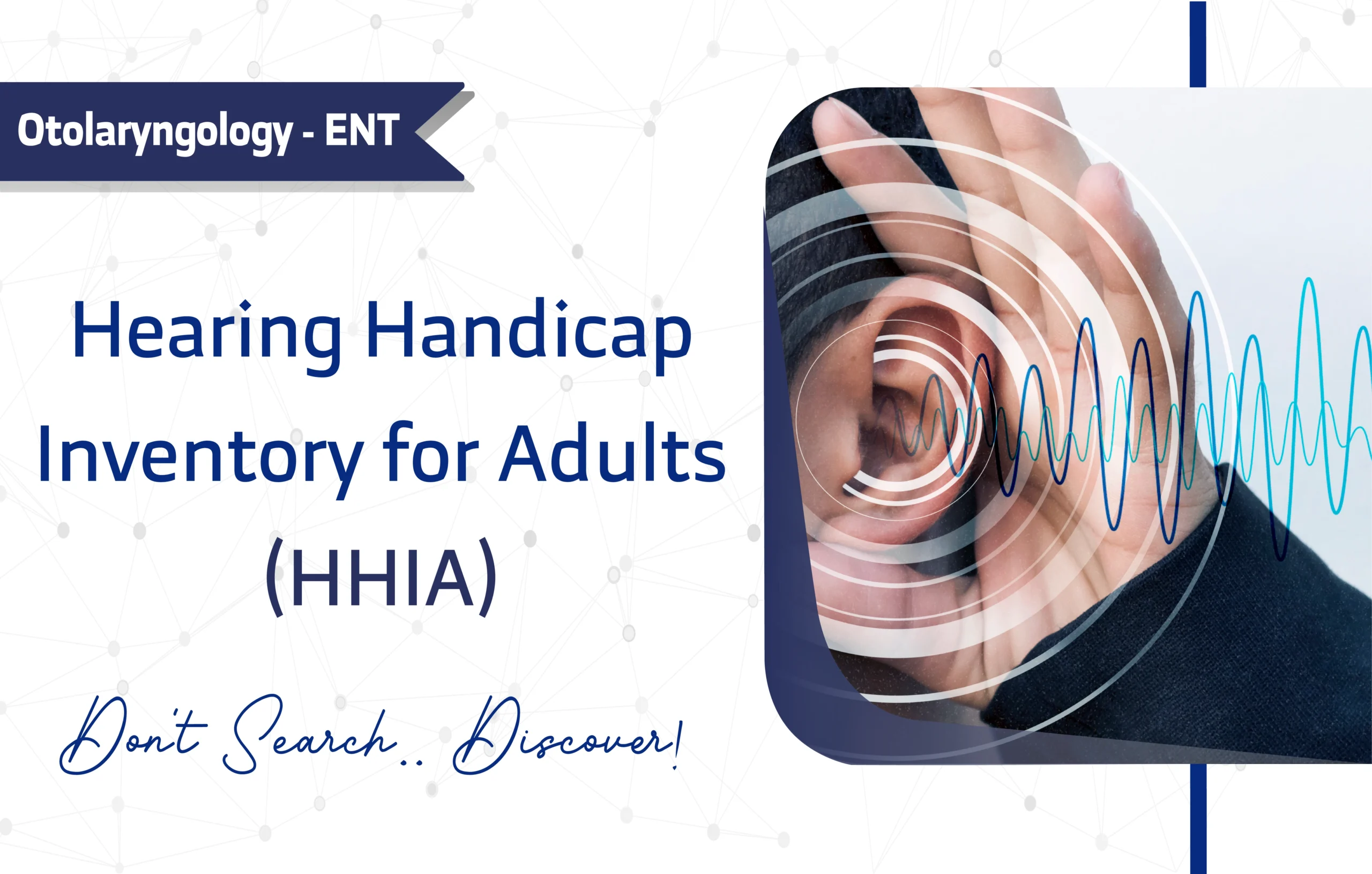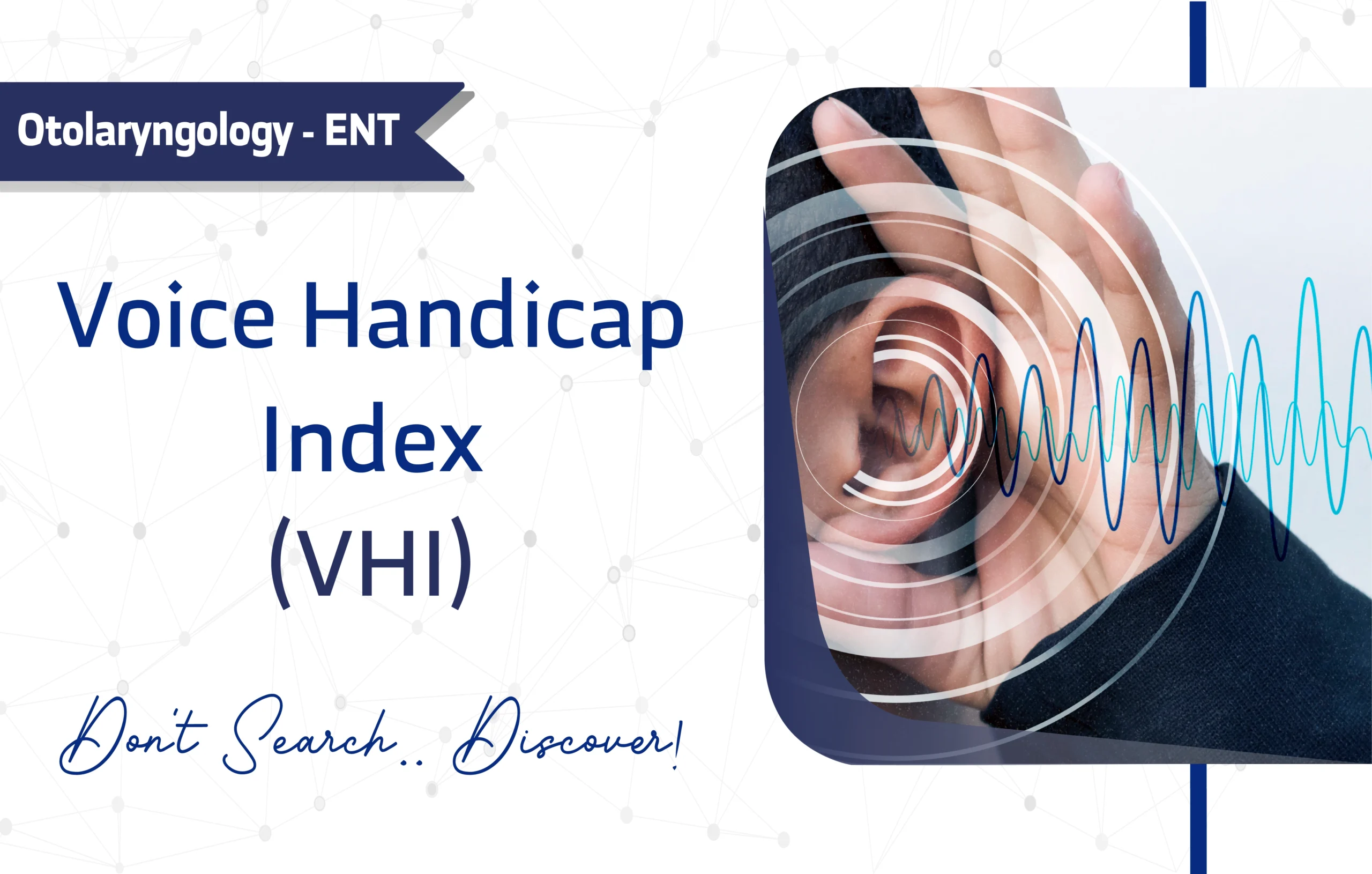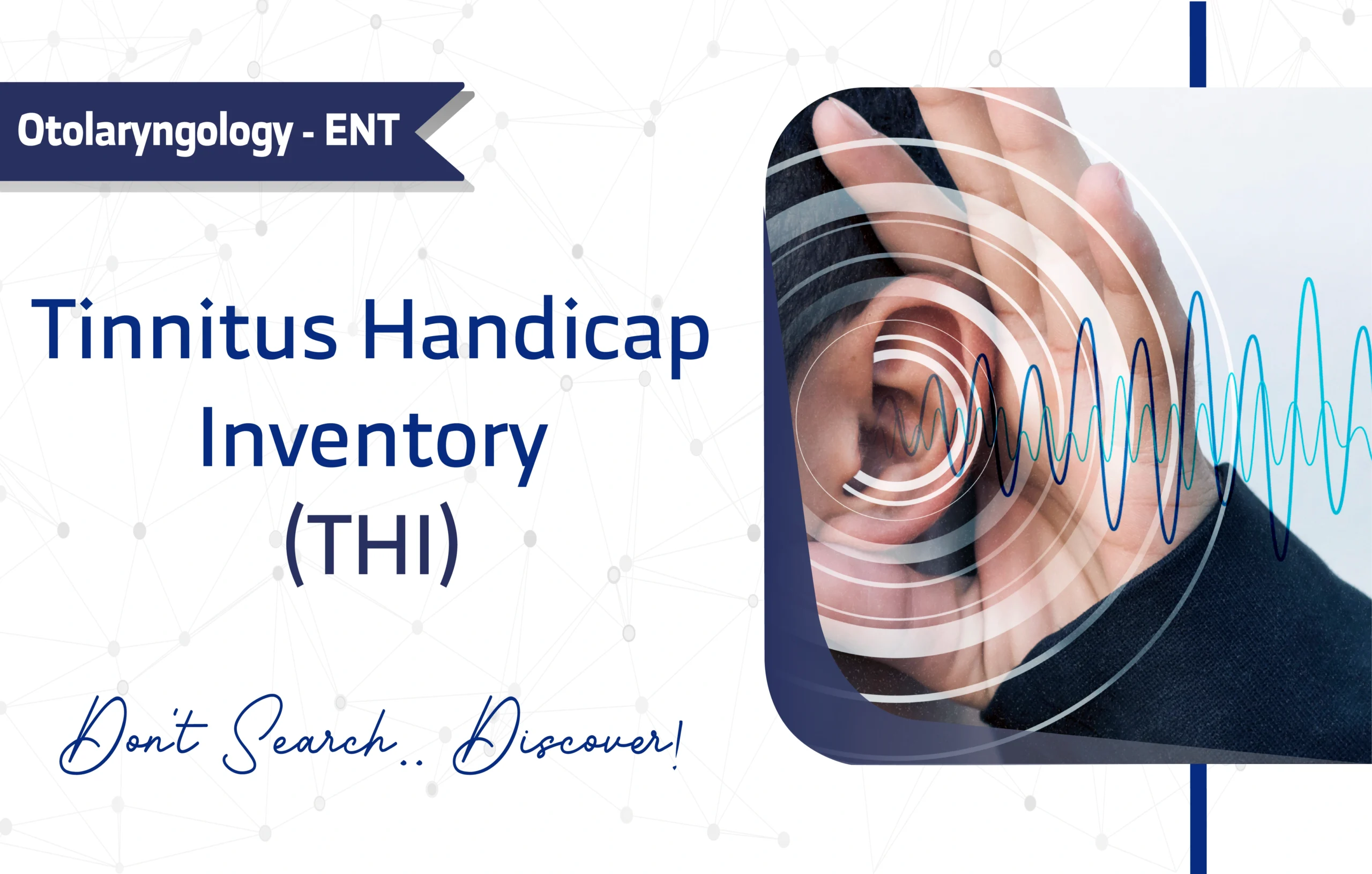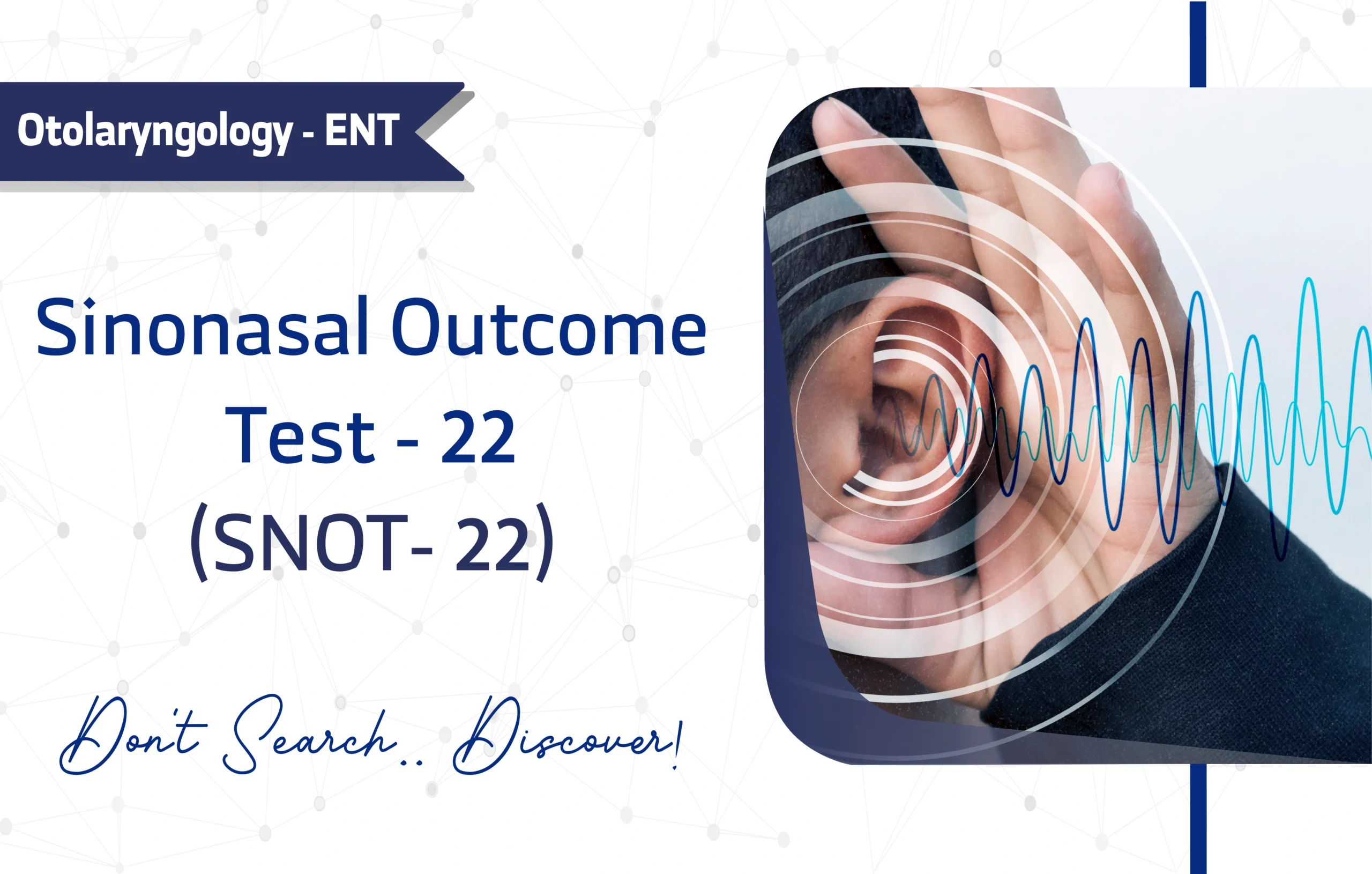Introduction
The Panic Disorder Severity Scale (PDSS) stands as a foundational instrument in the assessment of anxiety disorders. Dr. M. Katherine Shear and her colleagues, introduced it in 1997, it was developed as a simple and efficient tool for clinicians to rate symptom severity in patients with a diagnosis of panic disorder. The scale’s primary function is to measure the severity of the condition and to track patient response to treatment over time. Because of its focused and effective approach, the PDSS has seen widespread adoption in both clinical and research settings. Consequently, the scale has amassed over 1,200 citations on Google Scholar, which highlights its profound impact and reliability in the field of psychiatry.
Consequently, this article will explore the Panic Disorder Severity Scale’s key features, clinical applications, and psychometric properties. Furthermore, we aim to offer researchers and clinicians actionable insights for assessing panic disorder.
Key Features of the Panic Disorder Severity Scale (PDSS)
Purpose and Use
The main purpose of the Panic Disorder Severity Scale is to provide clinicians with a standardized method for rating the severity of panic disorder symptoms. Clinicians use it extensively to establish a baseline of symptom severity, monitor patient progress, and evaluate the effectiveness of treatment interventions. Additionally, researchers frequently rely on the PDSS as a primary outcome measure in clinical trials and studies focused on anxiety disorders. Moreover, its emphasis on specific dimensions of panic makes it an invaluable tool for creating targeted and effective care plans.
Target Population
Developers validated the original clinician-administered PDSS for adult populations aged 18 and older.
- Young Adults (18 – 24 years).
- Middle-Aged Adults (25 – 44 years).
- Older Adults (45 – 64 years).
- Seniors (65+ years).
To broaden its utility, developers created other versions for adolescents aged 11 through 17.
Questionnaire Details
The PDSS is a concise, 7-item scale designed to evaluate the core components of panic disorder severity. The items cover key domains of the disorder, including both symptoms and functional impairment. Specifically, it assess:
- Panic attack frequency
- Distress during panic attacks
- Anticipatory anxiety
- Agoraphobic fear and avoidance
- Interoceptive fear and avoidance (fear of bodily sensations)
- Work impairment
- Social impairment
Scoring and Interpretation
The PDSS employs a straightforward scoring method. Each of the 7 items is rated by a clinician on a 5-point Likert scale, from 0 (no symptoms) to 4 (very severe symptoms). The scores for all seven items are then summed to produce a total score that can range from 0 to 28, with higher scores indicating greater panic disorder severity. Established cut-off scores help classify the level of illness:
- 0–7: Normal
- 8–10: Borderline
- 11–13: Slightly ill
- 14–16: Moderately ill
- 17+: Markedly ill
Administration Format
Administering the Panic Disorder Severity Scale is efficient, typically taking only 5-10 minutes. The administration format varies by version. The standard PDSS is a clinician-administered interview, usrs can complete it via:
- Paper-based.
- Digital (Online).
- Mobile App.
- Interview (In-person).
- Phone/Video Call.
While the PDSS-SR requires no training for the patient, basic training is recommended for clinicians to ensure consistent and accurate scoring of the standard version.
Applications of Panic Disorder Severity Scale (PDSS)
The PDSS is a versatile instrument with several important applications in both clinical practice and research:
- Screening: It helps identify the severity of symptoms in individuals already diagnosed with panic disorder.
- Diagnosis: While not a standalone diagnostic tool, it is helpful in the diagnostic process by quantifying symptom severity.
- Monitoring: It allows clinicians to effectively track a patient’s progress or decline over the course of treatment.
- Treatment Planning: The score helps professionals tailor therapeutic interventions to the patient’s specific needs.
- Research: It serves as a reliable endpoint for studies evaluating interventions for panic disorder.
Other Versions And Related Questionnaires
For greater flexibility in clinical and research settings, several versions of the scale are available, such as:
- Panic Disorder Severity Scale-Self Report (PDSS-SR): Intended for individuals aged 17 through adulthood.
- Child/Adolescent version (PDSS-C):Designed for adolescents aged 11 through 17.
Additionally, the PDSS is often used alongside other complementary assessment tools, such as the:
- Panic and Agoraphobia Scale (PAS)
- Panic and Agoraphobic Spectrum Questionnaire – Short Version (PAS‑SV)
Language and availability
To support its global application, the Panic Disorder Severity Scale has been translated and validated in numerous languages, which enhances its value in diverse cultural contexts. Available languages include:
- English
- Spanish
- French
- German
- Portuguese
- Japanese
- And others.
The scale is open access and generally free to use. However, the clinician-administered version may require a license for use, whereas the self-report version is typically free for research purposes.
Reliability and Validity
The Panic Disorder Severity Scale is recognized as a highly reliable and valid instrument. Its psychometric soundness is supported by a strong Cronbach’s alpha of 0.88, reflecting excellent internal consistency. Furthermore, numerous validation studies have confirmed its robustness across various patient populations and settings, solidifying its status as a gold-standard measure for panic disorder severity.
- The original validation study link.
Limitations and Considerations
Despite its strengths, the PDSS has a few limitations:
- Self-report (PDSS-SR): When using the self-report version, responses may be influenced by social desirability bias or a patient’s personal interpretation of their symptoms.
- Narrow Focus: The scale is specifically designed for panic disorder and does not capture the full spectrum of comorbid anxiety or mood disorders.
- Age Restrictions: The original scale is not intended for children, and the appropriate version (PDSS, PDSS-SR, or PDSS-C) must be selected based on the patient’s age.
- Cultural Bias: While widely translated, the phenomenological experience of panic symptoms can vary across cultures, potentially influencing results.
Additional Resources
- A direct link to the Original Validation Study
- You can access the questionnaire as a PDF through this link.
- Further validation study:
- Reliability of the self-report version of PDSS study link
- Psychometric properties of the PDSS study link
- For inquiries, contact Dr. M. Katherine Shear, the first author of the questionnaire, at shearmk@msx.upmc.edu.
- For additional resources, consult the American Journal of Psychiatry, where the scale was originally published.
Frequently Asked Questions (FAQ)
- Who can use the PDSS?
Clinicians, researchers, and healthcare providers use the PDSS and its versions for individuals with panic disorder. The standard PDSS is for adults (18+), the PDSS-SR for ages 17+, and the PDSS-C for adolescents (11-17).
- How long does it take to complete the PDSS?
The assessment can typically be completed in 5 to 10 minutes, which makes it highly practical for use in busy clinical and research settings.
- How is the PDSS administered?
The standard version is a clinician-led interview. The PDSS-SR is a self-report measure that can be administered via paper, digital, or mobile app formats, offering flexibility in usage.
- Is there any cost to using the PDSS?
The scale is generally free for use, especially the self-report version for research. However, a license may be required for the clinician-administered version in certain contexts.
A word from ResRef about Panic Disorder Severity Scale (PDSS)
Overall, the Panic Disorder Severity Scale (PDSS) remains a gold-standard tool in anxiety disorder assessment, contributing significantly to evidence-based practice and improved patient care.
References
- M.Katherine Shear, Paola Rucci, Jenna Williams, Ellen Frank, Victoria Grochocinski, Joni Vander Bilt, Patricia Houck, Tracey Wang,Reliability and validity of the Panic Disorder Severity Scale: replication and extension,Journal of Psychiatric Research,Volume 35, Issue 5,2001,Pages 293-296,ISSN 0022-3956, link.
- Houck, P.R., Spiegel, D.A., Shear, M.K. and Rucci, P. (2002), Reliability of the self-report version of the panic disorder severity scale. Depress. Anxiety, 15: 183-185. link.
- Wuyek, L.A., Antony, M.M. and McCabe, R.E. (2011), Psychometric properties of the panic disorder severity scale: clinician-administered and self-report versions. Clin. Psychol. Psychother., 18: 234-243. link.








